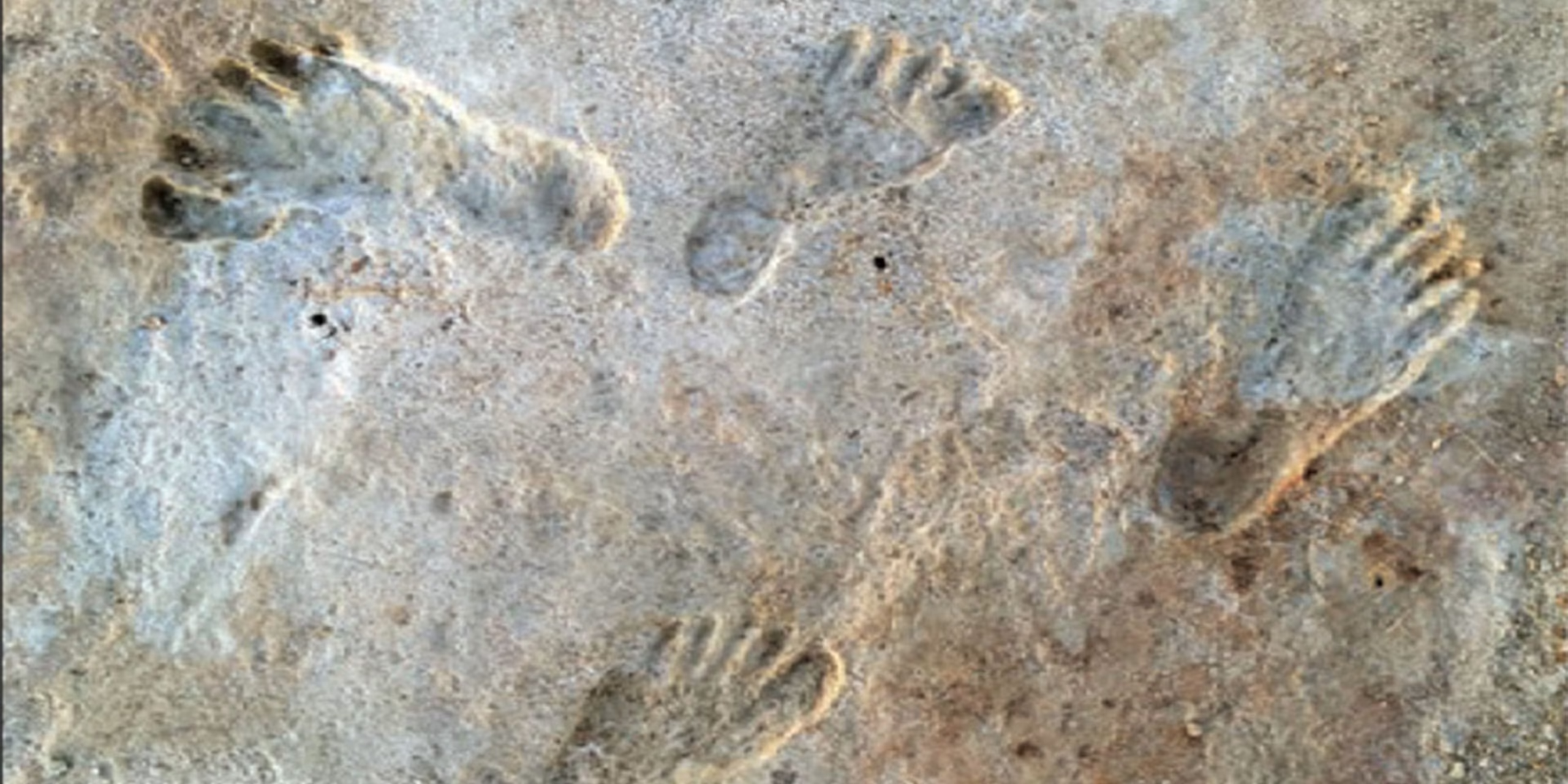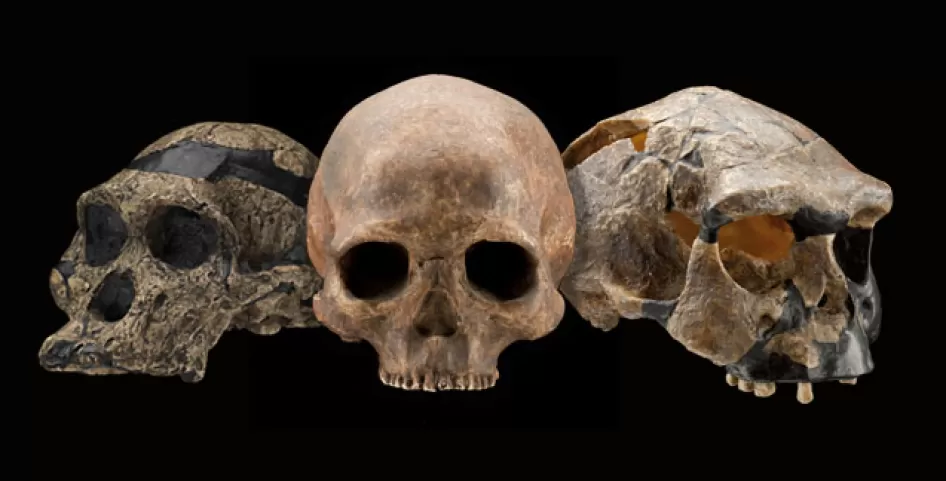Did Our Human Ancestors Come Close to Extinction?

Today, over 8 billion people inhabit Earth. But our distant ancestors weren’t always so numerous. In fact, mounting evidence from genetic studies, archaeology, and climate science suggests that Homo sapiens may have come terrifyingly close to extinction at least once—or perhaps multiple times—in prehistory. These near-extinction events, known as genetic bottlenecks, could have reduced early human populations to mere thousands or even hundreds. So, what happened? Why did our ancestors teeter on the edge of annihilation? And how did they survive?
This article explores the scientific evidence, theories, and survival strategies that explain how humanity barely pulled through during its most precarious periods.
Genetic Bottlenecks: A Warning in Our DNA
One of the most compelling clues about early human population crises comes from genetics. When scientists analyze mitochondrial DNA—passed down maternally—they can estimate how large or small populations were in the past. Some studies show that around 900,000 to 100,000 years ago, the human lineage may have dwindled to as few as 1,000 to 10,000 individuals.
This severe genetic bottleneck would mean that most of today’s humans descend from a tiny, highly vulnerable group. A 2023 study even suggested that early Homo sapiens might have been reduced to fewer than 1,300 breeding individuals for over 100,000 years, possibly due to drastic climate shifts or volcanic events.
Climate Catastrophes and the Toba Supervolcano
One potential trigger for such a bottleneck is the Toba catastrophe theory. About 74,000 years ago, the Toba supereruption in present-day Indonesia released more than 2,000 cubic kilometers of ash into the atmosphere, creating a volcanic winter that may have drastically cooled Earth’s climate.
Some scientists propose that this event caused famine, habitat loss, and widespread ecological collapse, possibly reducing early human populations to dangerous lows. Although newer studies suggest the impact of Toba may have varied by region, it likely exacerbated existing challenges for hunter-gatherer societies in Africa and Asia.
Survival Through Innovation
If humans nearly went extinct, how did they survive?
The answer may lie in our ancestors’ unique ability to adapt and innovate. Around 50,000–70,000 years ago, archaeological records show a burst of cognitive and cultural evolution:
- Symbolic art began to appear on cave walls and objects.
- Tools became more specialized and diverse.
- Long-distance trade networks and social cooperation emerged.
These developments—collectively known as the “Human Revolution”—may have helped Homo sapiens overcome environmental pressures and outcompete rival hominins like Neanderthals and Denisovans.
Geographic Isolation and Migration
Some researchers suggest that small, isolated populations of early humans survived in pockets of Africa, such as the South African coast, where food sources like shellfish remained stable during climate shifts. These refuges allowed small groups to persist and eventually repopulate the continent.
Later, these survivors spread across the globe during the “Out of Africa” migration around 60,000 years ago, replacing or mixing with other hominin species. All non-African people today are descendants of that single wave of emigrants.

Evidence from Modern Genetics
- Mitochondrial Eve: Geneticists have traced all living humans’ maternal lineage back to a single woman who lived in Africa around 150,000–200,000 years ago.
- Y-chromosomal Adam: Likewise, all paternal lineages can be traced to one man from around the same era.
- These individuals weren’t the only humans alive at the time—but they are the only ones whose genetic lines survived into the present.
This reflects how fragile and narrow our genetic legacy once was—just a few lineages made it through.
Did Other Human Species Go Extinct the Same Way?
Yes. While Homo sapiens survived, other hominin species didn’t:
- Neanderthals went extinct around 40,000 years ago, possibly due to competition, climate change, or interbreeding.
- Denisovans, a mysterious cousin species, vanished too, leaving only traces in some modern Asian genomes.
- Homo floresiensis and Homo luzonensis, “hobbit-like” species from Southeast Asia, also disappeared tens of thousands of years ago.
These extinctions emphasize how unusual and lucky our survival truly was.
Implications for the Future
Studying how humans almost went extinct is more than academic curiosity—it has real-world implications:
- It reminds us that our existence has never been guaranteed.
- It shows how fragile civilization is in the face of climate, disease, and catastrophe.
- It highlights the role of resilience, cooperation, and adaptability in survival.
In an age of global threats—from pandemics to climate change—these lessons may prove more relevant than ever.
Conclusion
The story of early humanity isn’t just about evolution and migration—it’s also about narrow escapes from oblivion. At several points in our prehistory, our species stood on the brink, vulnerable to extinction from natural disasters and harsh climates. Yet thanks to innovation, adaptability, and perhaps a bit of luck, we survived—and eventually thrived.
Understanding how close we came to vanishing helps us appreciate not only the tenacity of our ancestors, but also the fragility of our future. It reminds us that humanity’s continued existence is not inevitable—it is something we must preserve, protect, and never take for granted.




